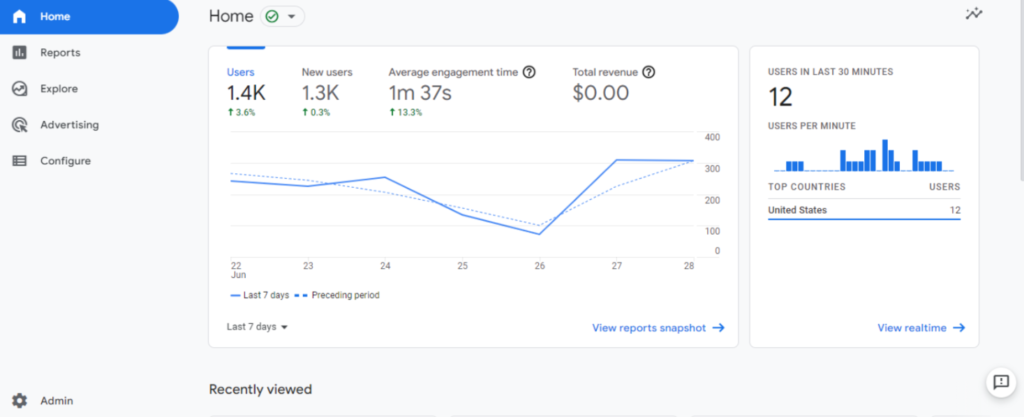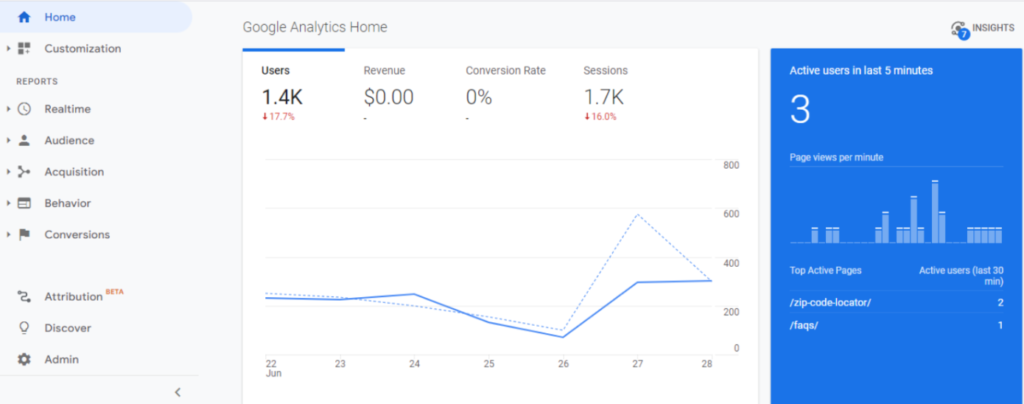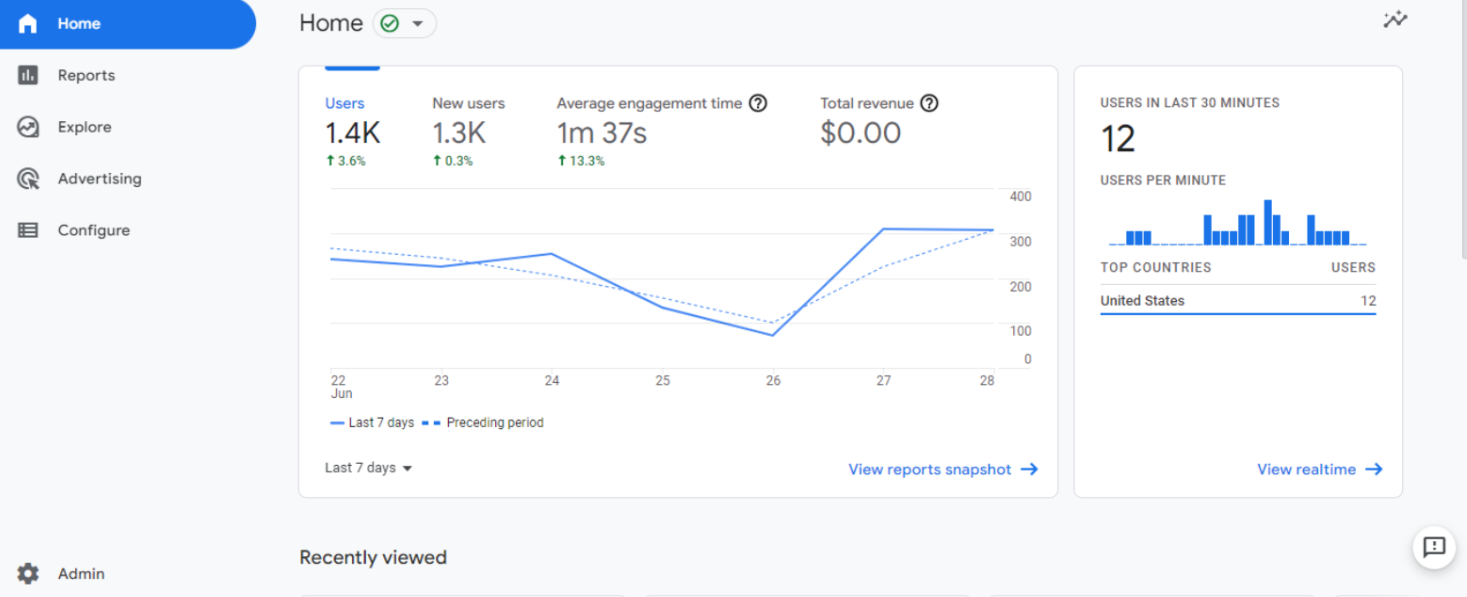Google recently announced its new default version of its analysis software – the new Google Analytics 4. Today we’ll be discussing the array of changes introduced by the new Google Analytics, or GA4, and what these changes mean for us as marketers.
Introducing the New Google Analytics 4
One of the biggest reasons for the transition to the New Analytics is user privacy. Marketers, app developers, and entrepreneurs alike rely on the data provided by google analytics to make informed decisions to improve their businesses. However, many users want transparency and control over how their data is being used. As a result, this leaves gaps in the customer base, left by users who opt out of cookie usage and data collection. To rectify this, Google built a unified platform that can track across app and web properties without violating privacy.
How do they do this? The new analytics is built using Google’s machine learning to help uncover insights that will help improve your marketing. It uses AI predictive modeling that uses existing data to make assumptions about user behavior, and fill in the gaps in data left by users who decline cookies. This allows for a more complete understanding of the customer journey across devices.
Biggest Highlights of the New Google Analytics 4
The first thing you’ll notice about GA4 is the new interface.

Google Analytics 4 Interface (new)

Universal Analytics Interface (old)
The changes don’t stop there. There are a lot of features now built into the new Analytics for easy implementation:
- Events are now built into the tracking and user interface. This allows you to edit and adjust your events on your site without having to learn code.
- Importing data is now easier than ever.
- Cross-Domain measurements is now built right into the UI to make it easy to implement
- Ecommerce reporting is now built right into the “Life Cycle Report”, which focuses on the customer journey. This allows marketers to better visualize the data when making business decisions.
There are also significant differences in data collection between Google Analytics 4 and the old Universal Analytics. Here are a few things to keep an eye out for:
- Events are user interaction within a website or app. A lot of the metrics we are used to looking for now fall under this, which can make things a little hard to navigate if you are coming over from the old analytics.
- Parameters are things that give context to events. They are closely related to dimensions from the old analytics. These are things like what page they were on, what device, etc.
- User Property expands on the user reports from the old analytics and includes demographic information built in.
- User ID is for cross-platform tracking.
Things to Keep in Mind
Since the new Google Analytics 4 leverages machine learning and groups some things differently, your data isn’t going to match up completely to the old Universal Analytics. This is something to be aware of when interpreting the data given. It’s not straight data – it has already gone through a machine and you are being given an analysis.
Furthermore, since the new Analytics is designed to be cross-platform and work seamlessly within apps, you need to shift your thinking from URL based. You are going to be looking for page titles instead of URLs.
Lastly, Landing Page reports are going to be very different. Since the shift is towards measure by user and not by page, your data isn’t going to be as clear-cut for landing pages.
Our Takeaway
Change is coming! Some of these adjustments can be discouraging for marketers, but don’t lose hope. After adjusting to the new interface, you can really have fun with the new Analytics. It allows you to find out some new things about your users and how they are interacting with your site. All standard Universal Analytics properties will stop processing new hits on July 1, 2023, so start learning now!
Stay tuned for more on the new Google Analytics 4! Keep an eye on our YouTube channel for future videos walking through how to re-create the reports necessary for digital marketing. If you have any unanswered questions about the new Analytics, feel free to contact aj@bytesizedigital.com or schedule a call with us!


